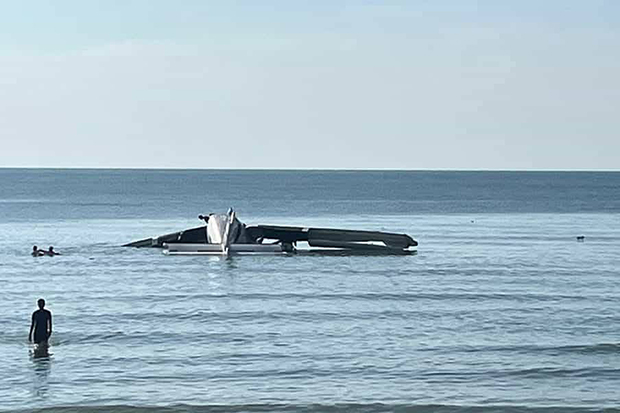Hua Hin Plane Crash Exposes Aviation Safety Deficiencies
Investigation into the fatal Royal Thai Police plane crash reveals concerns about maintenance and systemic safety vulnerabilities in aviation oversight.

Six lives lost. A training exercise turned fatal. A plane, freshly maintained, plummeting into the sea moments after takeoff. The crash of a Royal Thai Police aircraft near Hua Hin, as detailed in the Bangkok Post’s reporting of the incident, is more than a singular tragedy; it’s a window into the complex, often opaque, systems that govern safety and oversight, particularly in areas we rarely examine. We tend to focus on the dramatic moment of failure—the nosedive, the impact—but the deeper questions lie upstream. What confluence of factors, both human and mechanical, aligned to produce such a devastating outcome?
The plane, a DHC-6–400 Twin Otter, one of three acquired by the police in 2020, was reportedly undergoing a test flight following recent maintenance, according to this report. This raises immediate questions. Was the maintenance properly conducted? Were all necessary checks completed? Were there any known issues with this particular model, or even this specific plane, prior to the incident? These aren’t accusations, but crucial lines of inquiry. Accidents rarely have single causes; they’re the culmination of vulnerabilities within a system, often lurking unseen until triggered by an unpredictable event.
Consider the layers of complexity:
- The maintenance protocols themselves, and the training of the mechanics involved.
- The regulatory environment overseeing these maintenance procedures.
- The decision-making processes leading up to the test flight, including weather assessments and pilot readiness.
- The inherent risks associated with aircraft operation, even under ideal conditions.
These factors, and countless others, interact in a complex web of cause and effect. Untangling them requires rigorous investigation, not just to assign blame, but to identify systemic weaknesses that can be addressed to prevent future tragedies. This is where policy and oversight become critical.
We can’t bring back those lost off the coast of Hua Hin, but we owe it to them—and to those who continue to operate in these systems—to learn from this devastating event. A thorough, transparent investigation isn’t just a matter of finding answers; it’s a matter of building more resilient systems, systems that prioritize safety and minimize the risks inherent in complex operations.
This tragedy highlights a broader truth about risk assessment. We live in a world built on complex systems—from transportation to healthcare to finance—and we rely on the proper functioning of those systems daily. When they fail, the consequences can be catastrophic. While we can never eliminate risk entirely, understanding how these systems operate, where vulnerabilities exist, and how oversight can be strengthened is the best way to protect against future failures. The families of those lost deserve nothing less.









